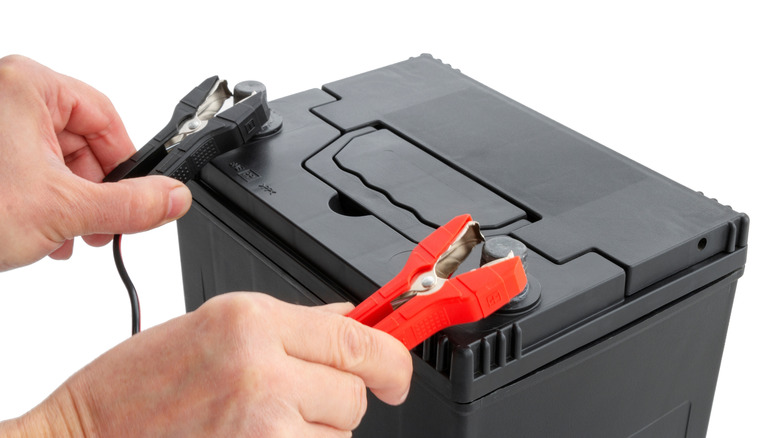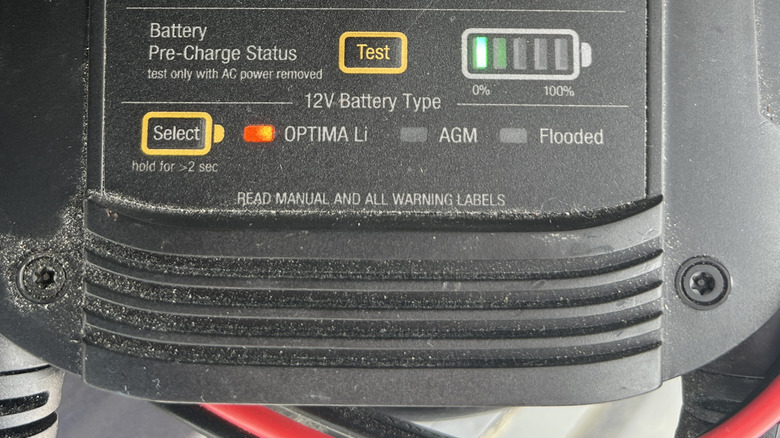How To Properly Charge An AGM Car Battery
An AGM battery, or absorbent glass mat battery, is essentially a more advanced version of a lead-acid battery. There are differences between AGM and standard lead-acid batteries, one of which being the way in which AGM batteries are constructed. The absorbent glass mat refers to the fiber lining which sits between the positive and negative battery terminals, and absorbs the battery acid.
Due to the difference in construction, the process in charging an AGM battery is different – mainly because they are more sensitive to voltage and charge rates than standard batteries. The first thing to do is to acquire an AGM-compatible battery charger. Secondly, before removing the battery from the car, you can attach a backup power source to the OBD-II port in the car. This will keep your vehicle settings the same, by keeping the car's computer alive while you remove and charge the battery.
Next, if your charger allows you to, select either AGM or absorbed and select 12V if you can. Ensuring the indicator lights are showing AGM or absorbed, connect the charger to the battery's posts. It can take typically between two and eight hours for an AGM battery to fully charge, and when it is fully charged, turn the charger off and remove the clamps carefully. Your AGM battery is now fully charged and ready to be put back into use.
Tips to remember when charging an AGM battery
If your battery charger does offer modes for different battery types, be sure to use them. Just plugging a charger that's set-up for standard batteries onto an AGM battery will work, but it will only charge the battery up to roughly 80%. Potentially, the way in which a charger works when not in a mode tailored to AGM batteries can actually cause damage to your battery.
It's also worth knowing that, for any lead-acid battery, charging at a lower rate of amps is always ideal. While more amps will charge the battery faster, this will cause excess heat, which can shorten the battery's lifespan. When charging a battery, it's also wise to wear some basic protection — such as safety gloves and glasses — and to remember to remove any jewellery too, as not doing so could cause you to pick up an electric shock.
If your battery has suffered from sulfation, or has simply been sitting fully discharged for too long, it might be past saving. If you own a smart charger which offers zero-volt charging or a desulfation feature, this could be worth trying, but don't be surprised if an old and poorly maintained battery is fit only for disposal. If that's the case, be sure to dispose of your old battery properly before heading out and buying a new one.

